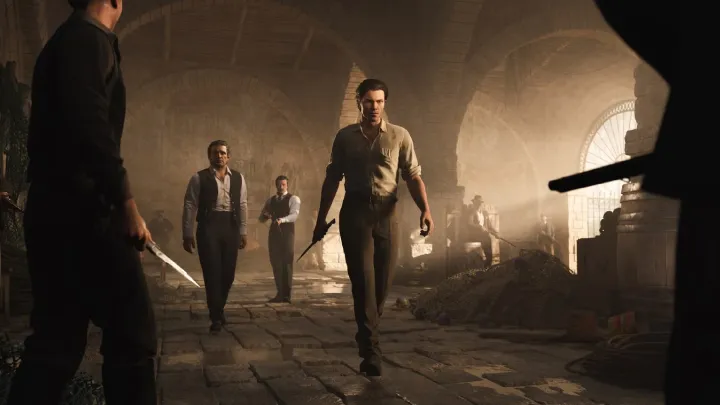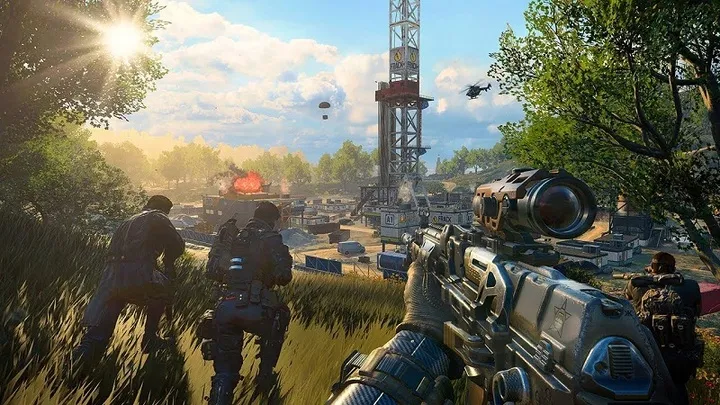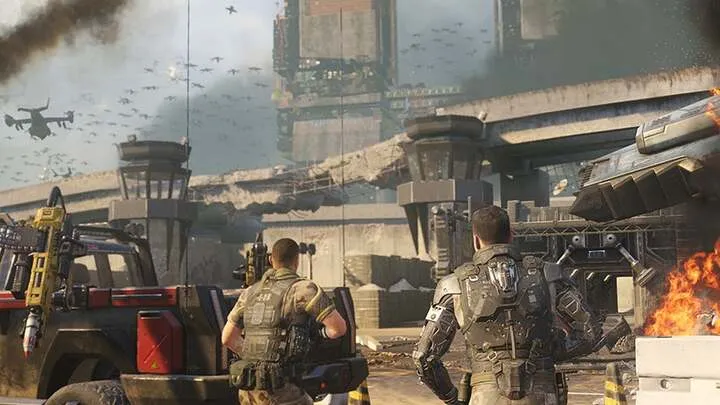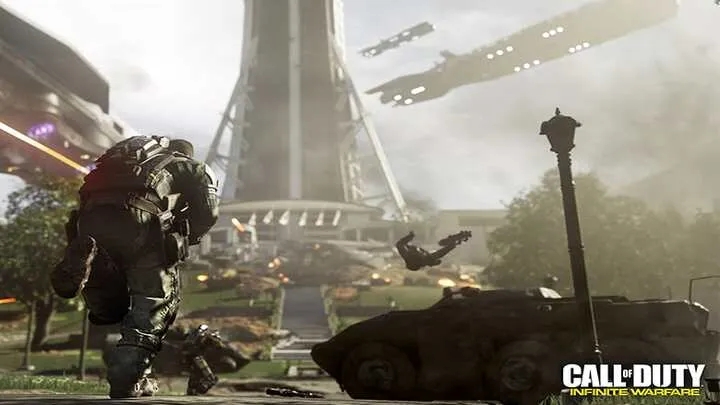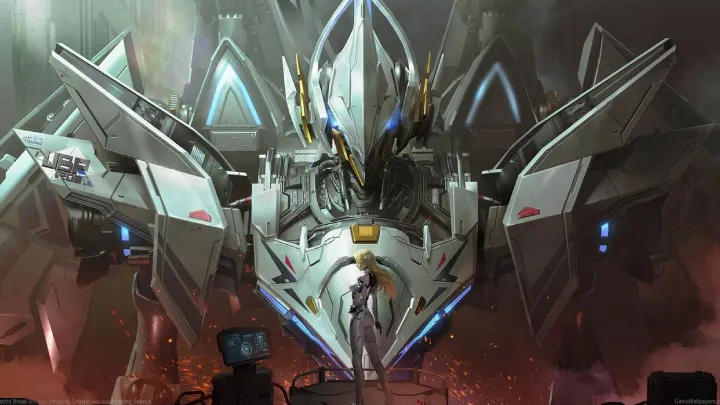Valorant has established itself as one of the most dynamic competitive shooters in the esports world. Unlike traditional FPS games that rely solely on mechanical skill and gunplay, Valorant adds the complexity of agents, each with unique abilities that shift the balance of the battlefield. Over the years and across multiple competitive seasons, the agent meta has continuously evolved—shaped by Riot’s balance changes, professional player innovations, and the natural counterplay dynamics that emerge in team compositions.
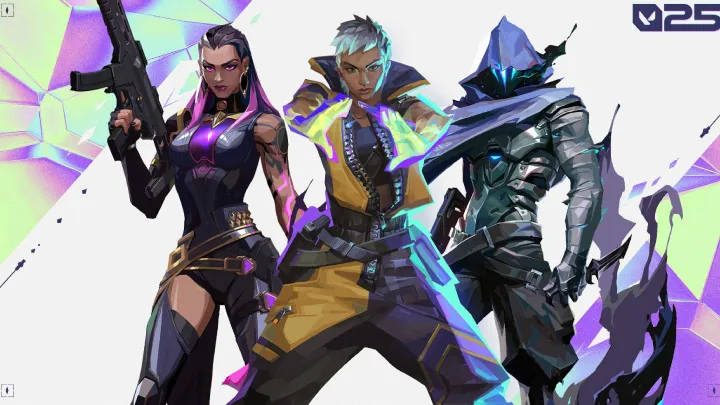
This article will explore the agent meta in Valorant in depth, tracking how it has shifted across competitive seasons. We’ll analyze the rise and fall of certain agents, the impact of new releases, and the trends that shaped competitive strategies from the game’s launch to its modern tournaments.
The Foundation of the Early Agent Meta
In the earliest competitive seasons, Valorant’s meta revolved around utility-heavy agents like Sage, Cypher, and Omen. Gunplay was always central, but the balance of utility and control determined round outcomes.
- Sage was initially considered a must-pick due to her healing and resurrection, which provided immense round-swinging potential.
- Cypher dominated site control with his traps and surveillance tools, giving teams the ability to stall pushes effectively.
- Omen offered flexible smokes and map pressure with his teleport, making him a go-to controller.
The early game meta revolved around structured team play, where teams built defensive setups around Cypher and Sage while using duelists like Jett or Phoenix for explosive entry.
Duelist Dominance and the Rise of Jett
As players refined their mechanical skills and pushed the limits of Valorant’s gunplay, Jett emerged as the undisputed queen of the duelist role. Her ability to dash, create space, and escape unfavorable fights made her invaluable for aggressive plays.
- Jett paired especially well with the Operator, turning her into a cornerstone of most competitive rosters.
- Other duelists like Phoenix and Reyna saw use, but none matched Jett’s balance of safety and aggression.
- Professional play often revolved around Jett’s performance, with teams building strategies around enabling her entries and clutch potential.
This period in Valorant’s history is often remembered as the “Jett meta,” a time when she defined the pace of nearly every match.
Controllers and the Importance of Smokes
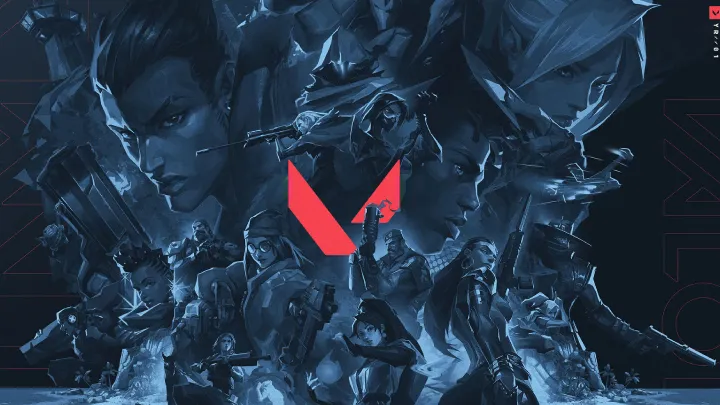
As maps and strategies matured, the importance of smokes became undeniable. Controllers rose to prominence as the backbone of most team compositions.
- Omen and Brimstone were common picks, offering reliable map control.
- Later, Astra introduced a higher skill ceiling for smoke placement and crowd control, revolutionizing defensive setups.
- Teams learned to chain smoke usage with initiator utility, turning simple site executes into carefully orchestrated plays.
This stage marked the shift from raw duelist aggression to coordinated team utility, where timing smokes and spacing abilities correctly became the difference between victory and defeat.
The Age of Sentinels
Sentinels like Cypher and Killjoy defined several competitive seasons due to their ability to lock down areas of the map. Their utility provided constant information and slowed down enemy pushes, forcing opponents to expend resources before executing.
- Killjoy in particular rose to prominence with her turret and nanoswarms, making her invaluable for site anchoring.
- The ability to play “retake setups” with Sentinels allowed defenders to give up sites temporarily while maintaining a strong chance of reclaiming them with utility.
- This defensive flexibility made Sentinels a cornerstone of mid-game strategies.
This period of Sentinel dominance forced duelists to adapt, as solo entries became less effective against layered traps and swarm grenades.
Initiator Innovation and the Shift in Meta
With the introduction of agents like Sova, Breach, and Skye gaining more refined usage, Initiators became central to unlocking sites and countering defensive setups.
- Sova’s recon dart and drone became staples in professional play, providing essential information during executes.
- Breach offered unparalleled crowd control with his stuns and flashes, creating opportunities for coordinated rushes.
- Skye added a hybrid role, combining healing utility with flashes and reconnaissance.
This era shifted the meta toward team compositions that valued layered utility and information-gathering, moving away from reliance on solo duelists.
Chamber and the Disruption of Balance
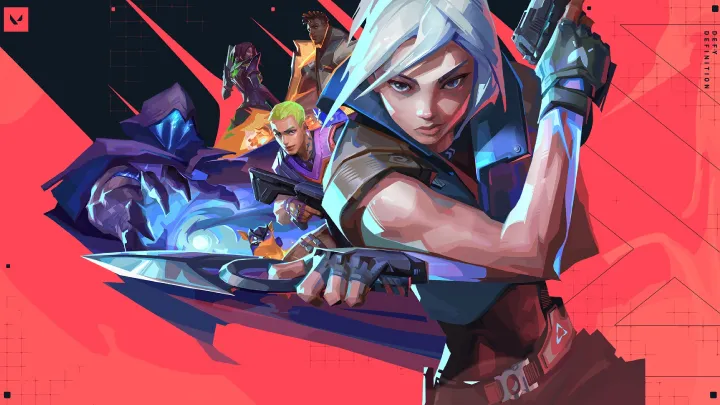
When Chamber entered Valorant, he disrupted the balance of the agent pool. His mix of Sentinel and duelist mechanics allowed him to control maps with Operator dominance while providing defensive utility.
- Chamber effectively replaced traditional Sentinels in many compositions due to his teleport escape and high fragging potential.
- His economic advantage through his pistol ability allowed teams to thrive even in eco rounds.
- Riot eventually nerfed Chamber significantly, but his initial dominance is remembered as one of the most game-breaking meta shifts in Valorant’s history.
This period demonstrated the fragility of balance in agent design and how one powerful addition could redefine competitive play entirely.
New Maps and Their Influence on Agent Choices
The release of new maps like Icebox, Breeze, and Fracture had a significant influence on the agent meta. Each map’s design favored certain agents and strategies.
- Icebox encouraged vertical play and favored duelists with mobility like Jett and Raze.
- Breeze’s large open areas demanded controllers with long-range smokes and initiators with recon tools.
- Fracture changed the dynamic with multiple entry points, making coordinated initiator utility more important than ever.
This stage highlighted how map design directly shaped the viability of agents, forcing teams to constantly adapt their rosters.
Professional Play and the Meta Trickling Down
The strategies developed by professional teams heavily influenced ranked and casual play. When pros popularized specific compositions or setups, they quickly became mainstream.
- For example, pro teams’ heavy reliance on Jett + Sova combinations trickled into ranked games.
- Chamber’s meta dominance was amplified by pro players showcasing his potential, spreading across all skill levels.
- Tournament patches often determined which agents rose in popularity among everyday players.
This connection between pro play and ranked ladders made Valorant’s meta dynamic and ever-changing for all players, not just esports competitors.
Current Meta and the Hybrid Compositions
Today’s Valorant meta is more balanced than ever, with no single agent dominating the field. Teams often run hybrid compositions, mixing duelists, controllers, initiators, and Sentinels to adapt to map-specific strategies.
- Raze has risen as a favored duelist, offering explosive utility alongside strong fragging.
- Controllers like Viper and Omen remain staples, especially on maps requiring precise smoke placement.
- Sentinels like Killjoy continue to shine, though their dominance is tempered by utility-heavy initiators.
This balanced meta rewards adaptability, communication, and deep knowledge of each agent’s strengths rather than relying on one “must-pick” strategy.
The Future of the Agent Meta
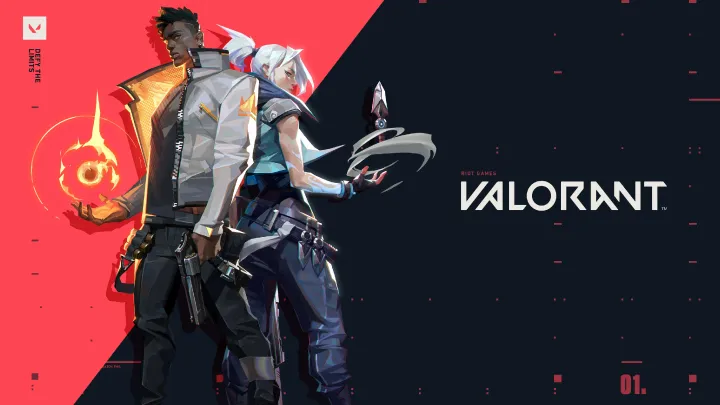
Looking forward, the Valorant agent meta will continue to evolve as Riot introduces new agents and maps while balancing existing abilities. Trends suggest that utility layering, flexible team compositions, and counterplay strategies will remain central to success.
The biggest factor will be how new agents fit into existing roles and whether they disrupt or enhance the current balance. As always, the meta will reflect not only Riot’s design decisions but also the creativity of the competitive community.
Conclusion
The evolution of Valorant’s agent meta tells a story of adaptation, innovation, and balance. From Sage’s early dominance to Jett’s reign, from Chamber’s disruption to today’s hybrid rosters, each competitive season has reshaped how the game is played. For both professional players and casual fans, understanding this progression provides insight into the strategies, strengths, and challenges that define Valorant’s competitive landscape.











